Why is LVMH going big with its tiny terroirs?
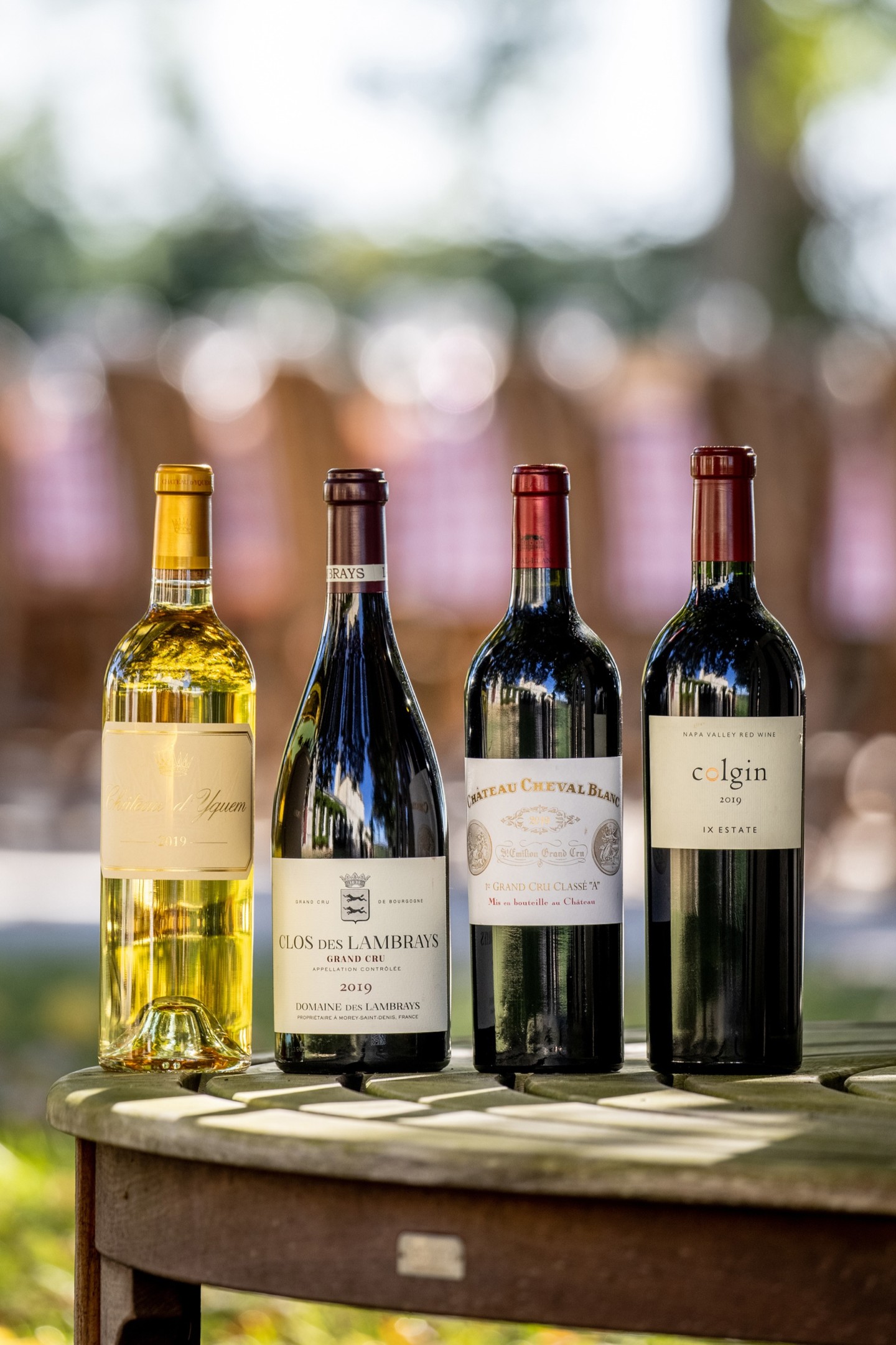
Roula Khalaf, Editor of the FT, selects her favourite stories in this weekly newsletter.
At the heart of Domaine des Lambrays, Bernard Arnault’s Grand Cru domaine in the Burgundy village of Morey-St Denis, stands a Lebanese cedar that was planted in 1637. It is a magnificent specimen – but it’s still a youngster by the standards of the Domaine, which has monastic roots going at least as far back as the 14th century.
Arnault acquired Lambrays in 2014 and has since been refreshing it. The soon-to-be-released 2022 vintage has already been hailed as a bright new chapter in its history. Lambrays is part of an elite gang of wineries LVMH calls the Vins d’Exception – the other three are Cheval Blanc in Bordeaux, Colgin Cellars in Napa and Sauternes’ fabled Château d’Yquem. All are either wholly or partially owned by LVMH. While most of these need no introduction, they have historically been publicity-shy – but for the first time this month they will go out into the world as an official Vins d’Exception quartet, with their own dedicated website.
LVMH has many exceptional wine producers in its wider portfolio: Cloudy Bay, Dom Pérignon, Krug. So what makes these four different? “Moët Hennessy wines are based on brands and style,” explains Arnault. “Vins d’Exception wines are based on terroirs. Within Vins d’Exception, the focus cannot be on growth or on economic contribution, it must be on preservation, valorisation, and transmission to the next generations of some of the most precious terroirs in the world.”
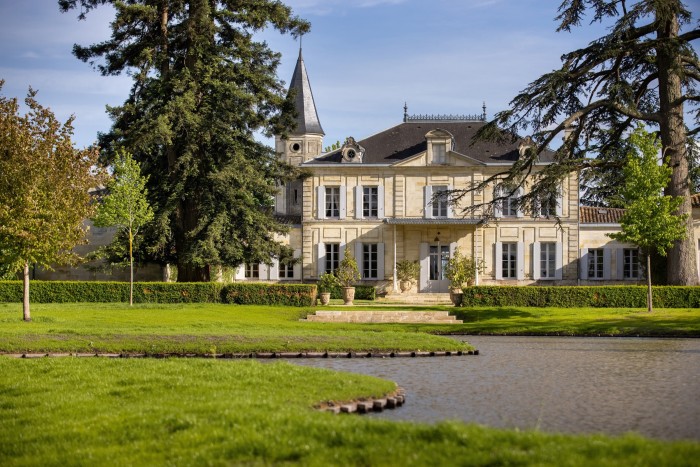
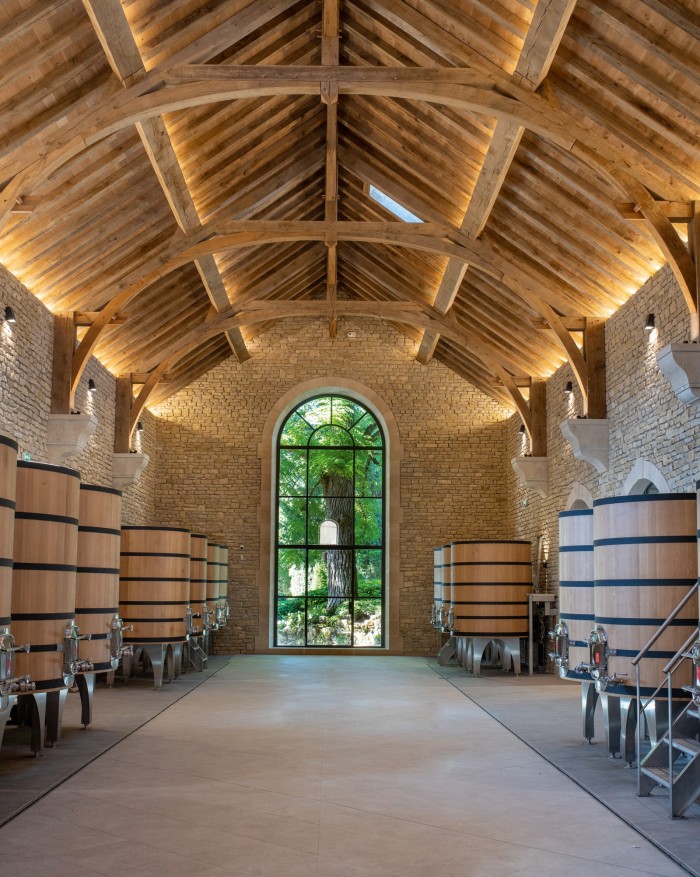
Few patches of terroir are more precious than Domaine des Lambrays’ historic “clos” – an ancient walled vineyard that runs up the hill behind the limestone winery, undulating like the sea. “Wherever you are in the vineyard, part of it is always hidden,” says winemaker Jacques Devauges. “That variation produces the diverse aromatic profile, the delicacy and grace, that is the personality of Clos des Lambrays.”
LVMH owns 99.5 per cent of this vineyard – the remaining 428sq m is owned by a neighbour who, despite the might of LVMH, has so far refused to sell. Until he does, the Clos can’t enjoy the distinction of being a fully fledged “monopole” [a vineyard under single ownership].
Devauges and I walk up through the vines in the sunshine, past almond, walnut and cherry trees. A dog barks down in the village; a cock crows; there’s a peal of church bells. “This is our luxury, to be in a situation like they were in the old days, being able to devote ourselves to every last square metre,” he says. “We plough and pick by hand – we farm it like a garden.”
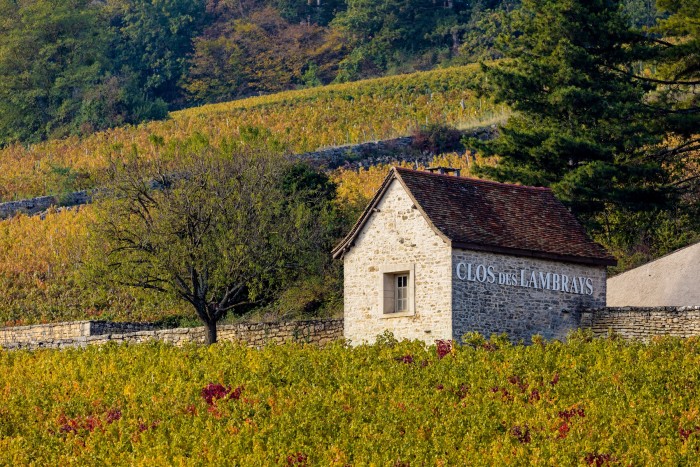
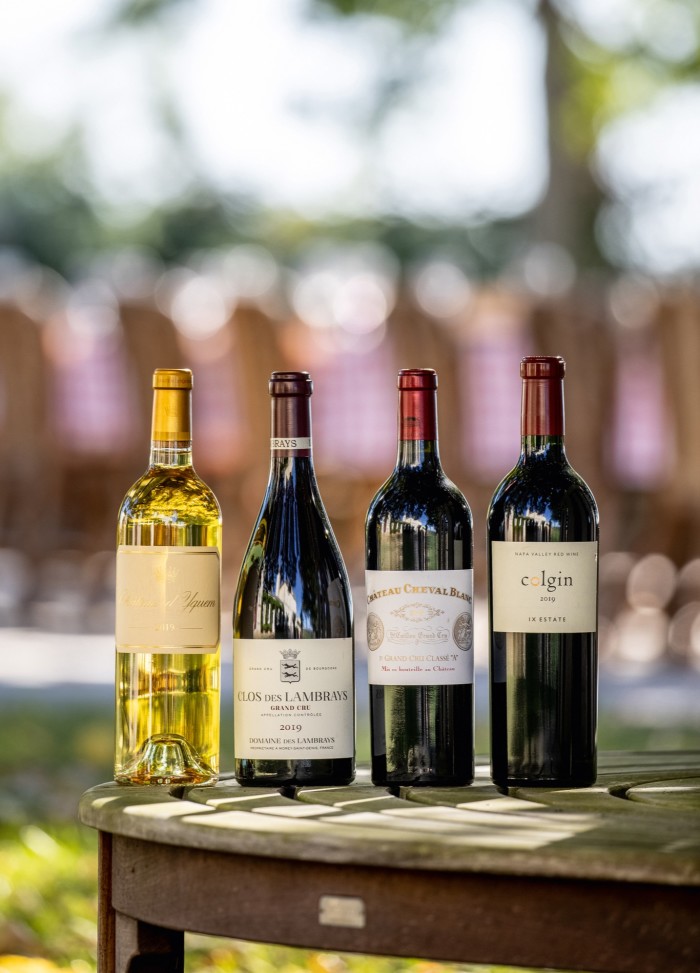
The volume of wine the Vins d’Exception produce is tiny – together, they account for less than 0.1 per cent of LVMH’s total revenue. Every year demand for all four wines far outstrips supply. The real problem for wines of such rarity is getting people to actually pull the cork on them. This is a particular issue, I’m told, for the famously long-lived Château d’Yquem. The cachet attached to owning a vertical of old Yquem vintages is so great that increasing amounts of this sweet golden wine are now languishing un-drunk in private cellars.
In a bid to reassert Yquem’s relevance, the château has created the LightHouse programme, which gives 50 restaurants around the world a preview of the new vintage. Chefs are invited to pair it with any dish (except pudding) and are then free to sell or offer it, on the house, to VIPs. Over the summer, the fairytale-pretty château also hosted a series of Massimo Bottura dinners for enthusiasts and collectors – they will be back with more in 2024.
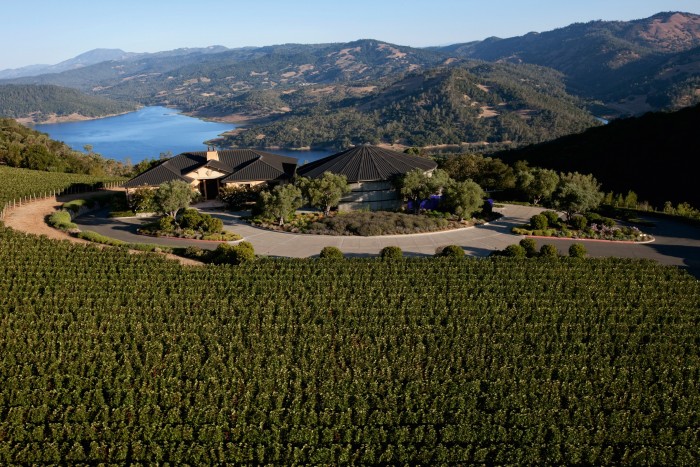
The no-less bijou Château Cheval Blanc also continues to seduce – it’s said the St Émilion estate’s wines were what got Bernard Arnault interested in fine wine in the first place. Under MD Pierre-Olivier Clouet it has doubled down on sustainability in recent years – it’s been a trailblazer in Bordeaux for permaculture and polycultural practices. Meanwhile, Colgin Cellars, founded in 1992, is the baby of the bunch – but even so, its elegant Cabernet Sauvignon blends give many Bordeaux greats a run for their money.
Might there be room for a grower champagne in the family? “Never say never,” says Arnault’s son, Alexandre, who oversees the project in addition to being a senior executive at Tiffany & Co.
Back in Lambrays, in the shade of the cedar tree, I join the small winemaking team for the daily tasting of the nascent 2023 vintage. “When Monsieur Arnault visited Lambrays he was fascinated by this cedar,” says Devauges. “He couldn’t take his eyes off it.” Perhaps the luxury tycoon was wondering what his own 400-year legacy will be.
Comments